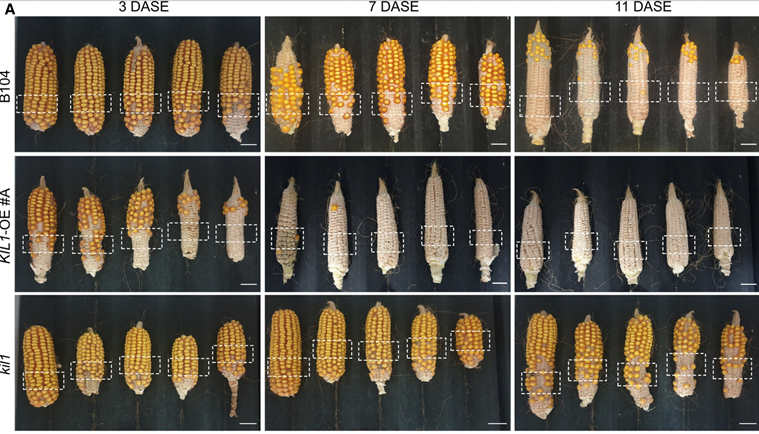
KIL1 terminates fertility in maize by controlling silk senescence (Plant Cell)
Plant Science Research WeeklyEach plant species has a defined window of time during which flowers can be pollinated in order to trigger fruit or seed development. After this time, unpollinated flowers undergo a form of senescence culminating in programmed cell death (PCD). A detailed understanding of this cell death process is thus…
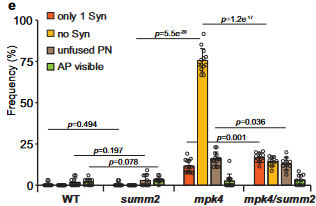
ROS homeostasis mediated by MPK4 and SUMM2 determines synergid cell death (Nature Comms)
Plant Science Research WeeklyFemale gametophytes (FG) of angiosperms contain eight nuclei and seven cells, distributed in a defined manner. In the micropylar end of the FG there are two synergid cells and the haploid egg, while in the central cell there are two polar nuclei. The synergid cells are responsible for attracting the…
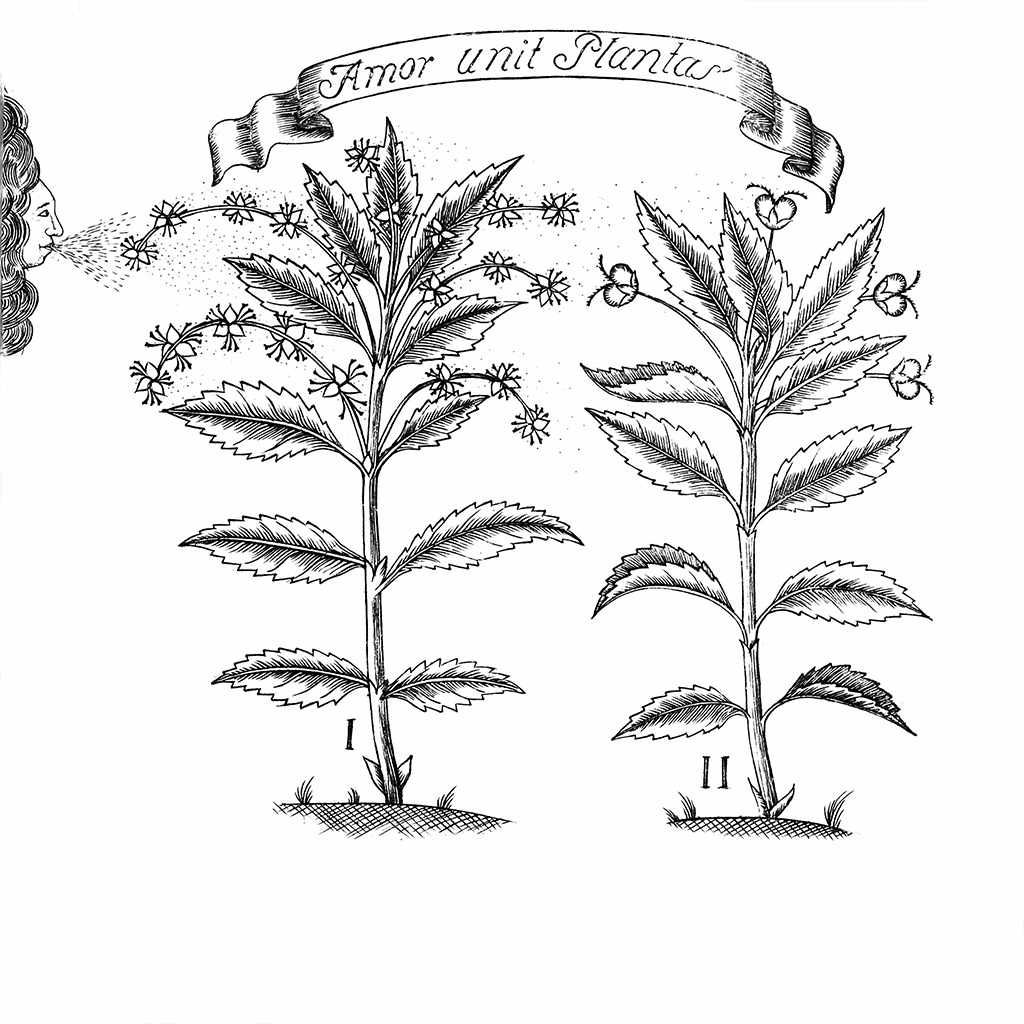
Special issue: Sex determination and sex chromosome evolution in land plants (Philosophical Transactions B)
Plant Science Research WeeklyAt some point, most biology students learn the term “dioecy” (two houses), which refers to the separation of male and female function into different individuals, a characteristic that is common in animals but less so in flowering plants. About 6% of angiosperms and 65% of gymnosperms are dioecious,…
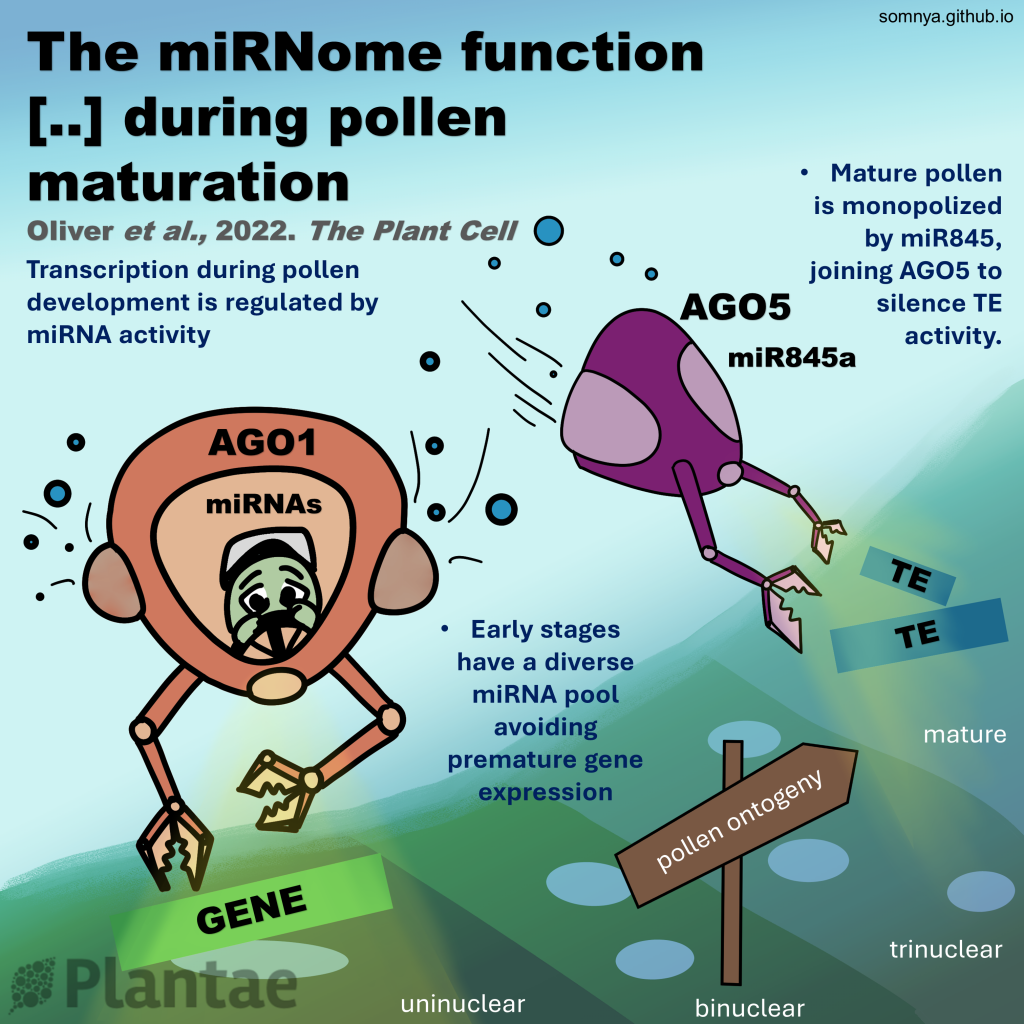
The miRNome function transitions from regulating developmental genes to transposable elements during pollen maturation (Plant Cell)
Plant Science Research WeeklyGenes (protein-coding or noncoding) and transposable elements (TEs) are the main characters in the genomic landscape, but there are few reported systems where we have seen all acting together to produce a phenotype. Oliver and collaborators analyzed miRNA populations during pollen maturation in an outstanding…
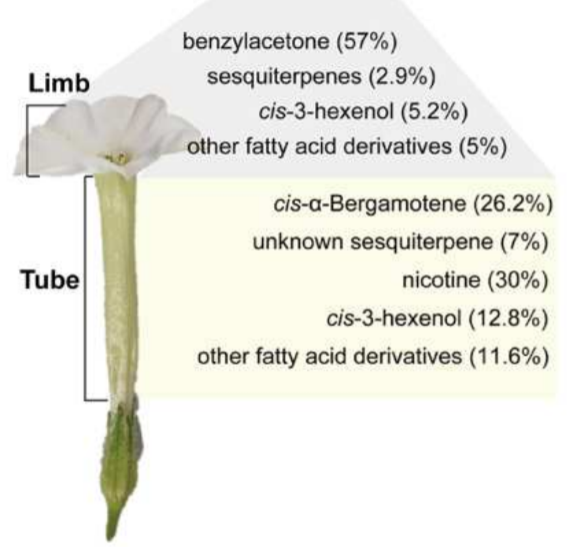
Single-cell RNA-sequencing of Nicotiana attenuata corolla cells reveals the biosynthetic pathway of a floral scent (New Phytol.)
Plant Science Research WeeklyRelease of scents or volatile compounds influence pollinator preference for or localisation of many flora. In excess of 1,700 distinct floral scents have been classified to date, yet our understanding of biosynthetic processes associated with many scents is limited. Kang et al. recently determined the…
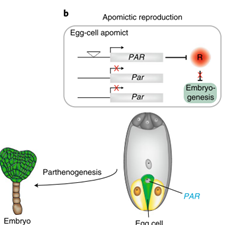
The PARTHENOGENESIS gene that contributes the clonal propagation through seeds in dicot dandelion (Nature Genetics)
Plant Science Research WeeklyIn plants with sexual reproduction, the male contribution (two sperm cells) is necessary to fertilize two female cells, the egg cell that gives rise to the embryo and the central cell that gives rise to the endosperm. In contrast, apomictic plants (0.1% of flowering plants spread over 120 genera) don´t…

LARP6C reveals its double face during plant fertilization
The Plant Cell: In a NutshellBilley et al. uncover the roles of LARP6C as a translational repressor in dormant pollen and an activator when the pollen “awakens”. The Plant Cell (2021) https://doi.org/10.1093/plcell/koab131
By Elodie Billey1,2,3, Said Hafidh4, Cécile Bousquet-Antonelli1,2
1 CNRS LGDP-UMR5096, 58 Av.…
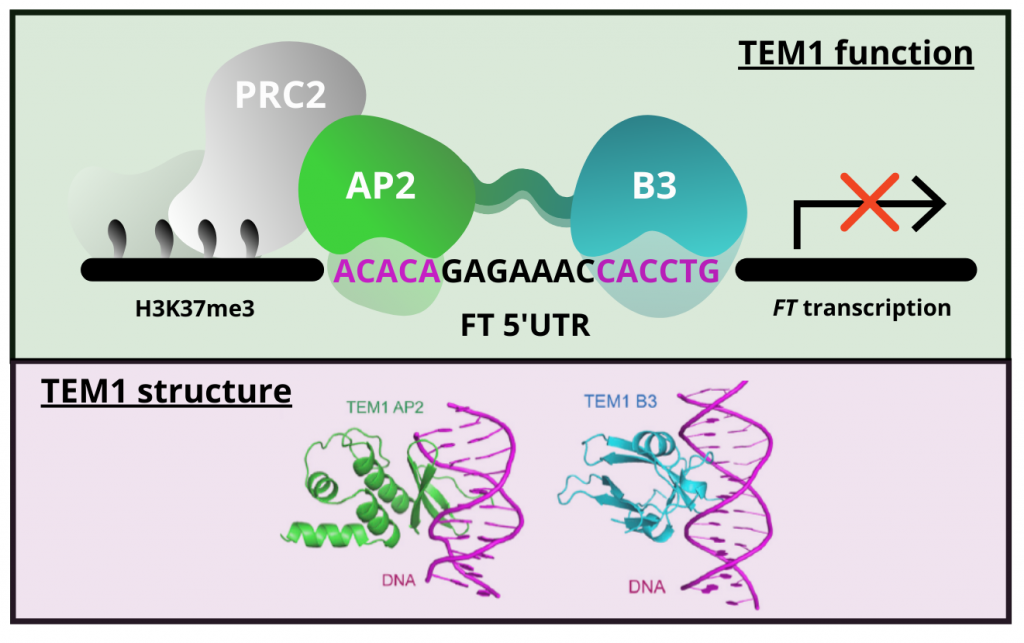
TEM1 combinatorially binds to FLOWERING LOCUS T and recruits a Polycomb factor to repress the floral transition in Arabidopsis (PNAS)
Plant Science Research WeeklyGene expression is primarily controlled by transcriptional regulatory proteins able to recognize and bind short DNA sequences in downstream targets. Understanding how DNA-binding proteins achieve high precision and switch on/off the transcription of selected genes at a specific developmental stage or…
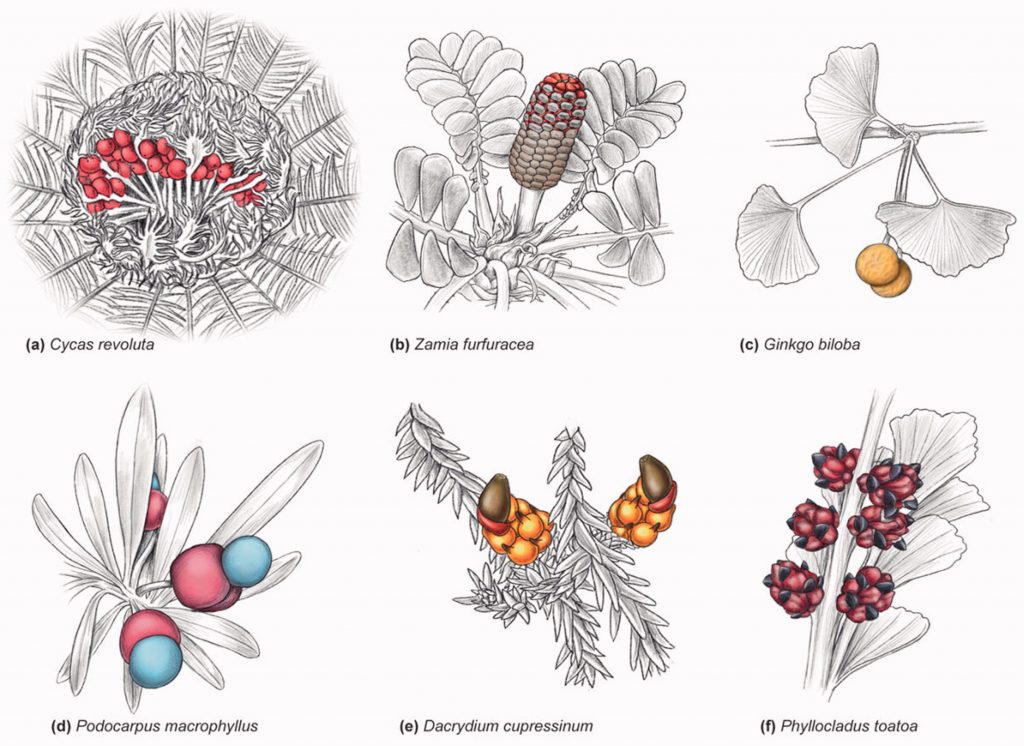
Review: Fleshy structures associated with ovule protection and seed dispersal in gymnosperms (Crit. Rev. Plant Sci.)
Plant Science Research WeeklyWhile traditionally known for having their ovules exposed to the environment, all gymnosperm lineages have species with fleshy seed-associated tissues. Here, Nigris and colleagues provide an overview of the vast diversity of fruit-like structures present in gymnosperms and the hypothesis available to…

